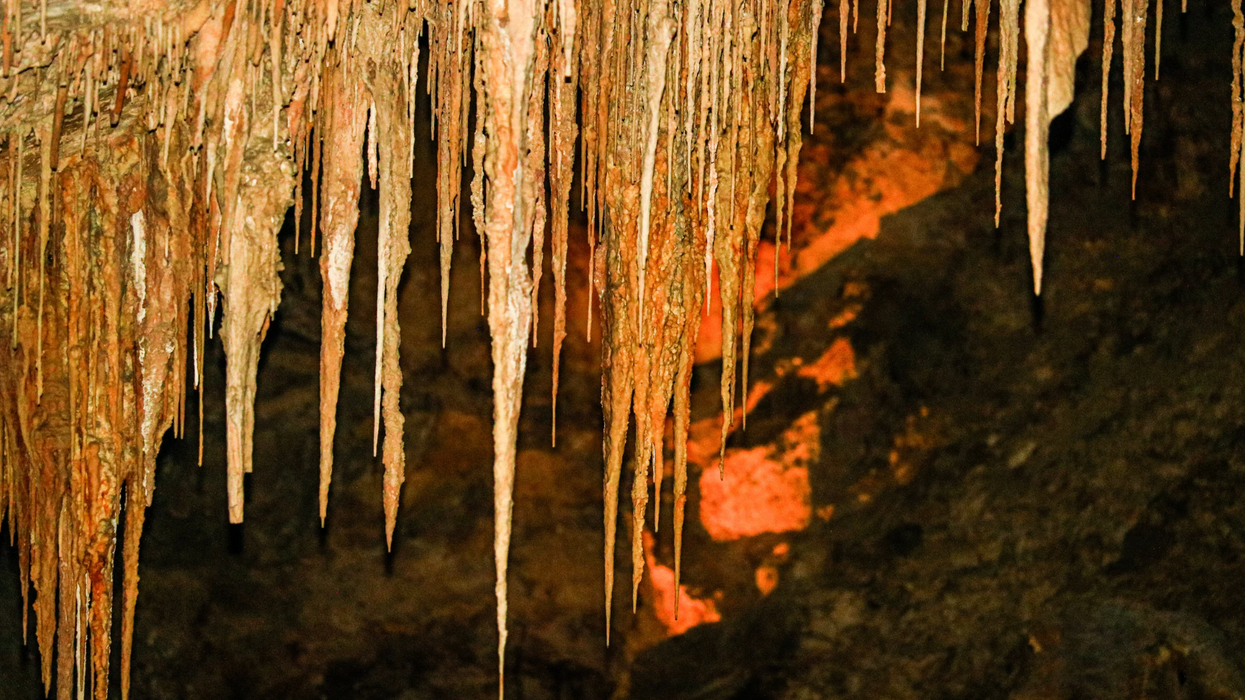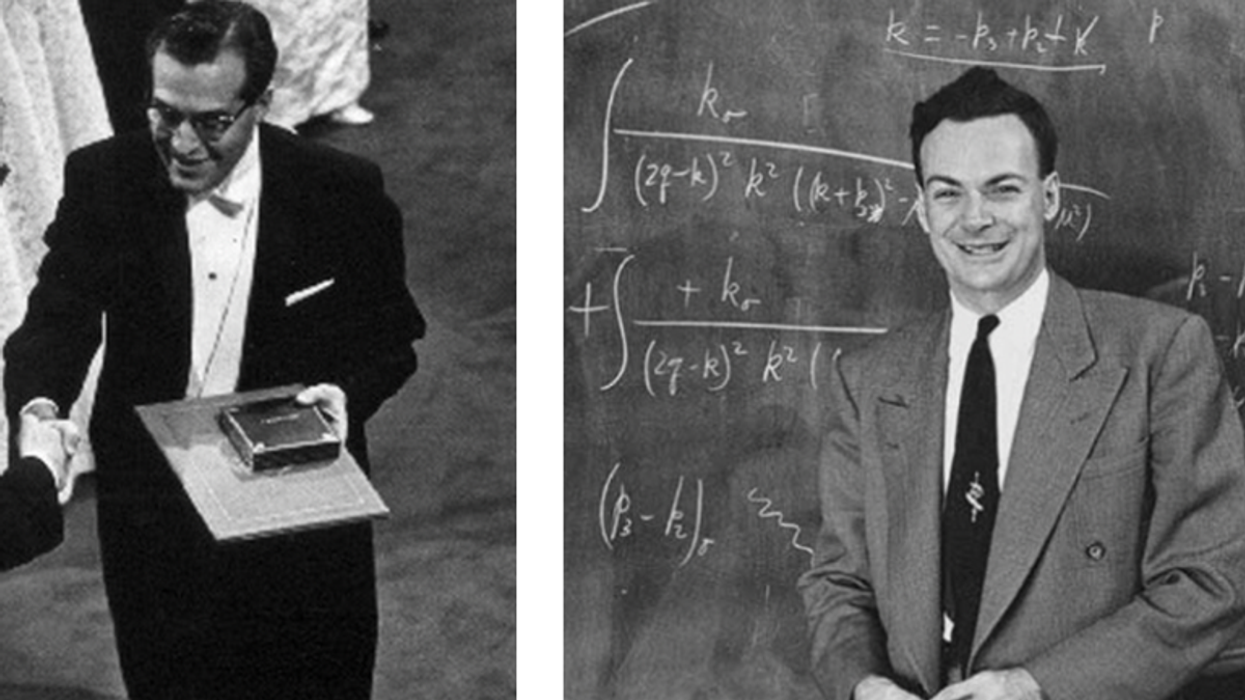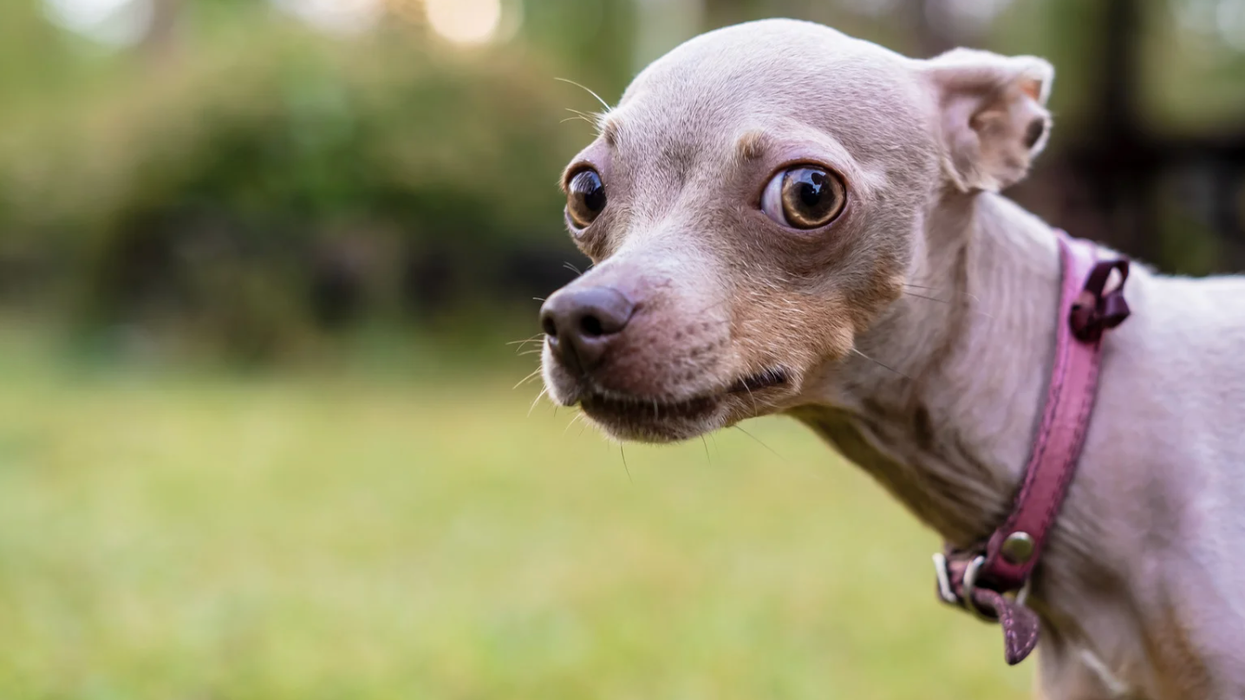It's far from over, and the 2011 tornado season is already the most destructive and deadliest in decades. From April 14 to 16, the largest tornado outbreak in world history tore across the Southeast. Two weeks later, that record was shattered by the April 25-28 Super Outbreak. Then Sunday night, the deadliest single tornado since the 1950s utterly obliterated the small Missouri city of Joplin.
As the cities and towns ravaged by these tragic disasters slowly shift their focus from relief efforts to long-term rebuilding and recovery efforts, they might want to take a look at the recent history of Greensburg, Kansas.
Four years ago, the town was virtually leveled by a massive mile-and-a-half-wide EF5 tornado that set a deadly track through town late on a Friday night. The devastation was so severe that residents of Greensburg, home of the world's largest hand-dug well and the Kansas Meteorite Museum, thought that the town—already losing residents every year—may have been dealt a death blow.
But in the flattened buildings and smashed infrastructure, some saw a blank canvas. A handful of local visionaries believed that the only way to resurrect the town—and to make it thrive—would be to rebuild green.Obviously, many in this rural, largely conservative town needed to be convinced. Supporters of the new "Greensburg GreenTown" initiative set out to do just that. As Bryan Walsh wrote for TIME back in 2008:
Wallach and his allies began to shift local opinion by showing that going green wasn't just about climate change or saving the polar bears, it was about cutting waste and saving on rising fuel bills, building a stronger and more resilient town with a sustainable economy. Those arguments made sense even in one of the reddest states of the U.S. "Our old church sometimes cost up to $1,000 a month to heat," says George, who plans to build back his church to the highest green standards. "Now, I'm not a tree-hugger by any means. But we have to be responsible for how we use natural resources, and be prepared for a future where energy costs are only going up."
It worked. Today, Greensburg is a living laboratory of just about every clean, green innovation in town planning and residential and commercial design. The town's "Green tour" education booklet is a veritable catalog of clean energy and energy efficiency products and programs.
The vast majority of homes in the town are being rebuilt to strict efficiency standards that will lower families' energy costs forever. As models for green building and design, a "Chain of Eco-Homes" is being built with the most advanced sustainable building tactics available. All of the municipal buildings are being constructed to LEED Platinum standards—the highest certification in green building. There are town holidays to celebrate cycling and public transportation. The town's 12.5 Megawatt wind farm produces far more electricity than the town consumes.
Perhaps most importantly, the town has reversed the trend of a shrinking population.
Can the towns ravaged by this season's tornadoes to take cues from Greensburg in forming their recovery plans? Is the success of Greensburg replicable?
Many have intimated that “if Greensburg can do it”—mainstream American rural town that it is—“then anyone can do it.” “The heart of America now gets it,” city administrator Steve Hewitt tells Walsh.
That said, the situation in Greensburg was pretty unique. The townspeople and organizers of Greensburg GreenTown were awfully smart and incredibly media savvy. The story of the “green rebuilding” of Greensburg was told far and wide, with literally hundreds of newspaper, magazine, and web articles, capping off in a three season-long series on the Discovery Channel produced by none other than Leonardo DiCaprio.
This Wall Street Journal video does a good job pointing out how the victimized town wisely embraced all the opportunity presented by the media attention.
All this media buzz drove millions of dollars in donations. Grants came from government entities like the USDA's Rural Development Board, the National Renewable Energy Lab, FEMA, Kansas Housing Resources Corporation, and the Kansas Governor's Office. Then the corporate donors started pouring in, from AT&T, Sun Chips, Kodak, Clorox, Office Depot, the Big Green Box, Sears, Mother Earth News, Honda, General Motors, and a whole slew of others. It's safe to say that Greensburg wouldn't have turned things around so quickly and become such a rapid success story without all that cash.
I'd hope that if Joplin or any of the dozens of Southeastern towns that suffered through the massive tornado outbreaks were to commit to green rebuilding plans similar to those of Greensburg, they'd see the same outpouring of generosity from the government, foundations, and companies alike. But the realist in me thinks that would be a long shot.
Cities and towns that are right now struggling to pick up the pieces will have a tougher go of it than Greensburg. But that doesn't mean they can't learn from the steps the small town took, and draw enormous inspiration from its success.
















 Otis knew before they did.
Otis knew before they did.